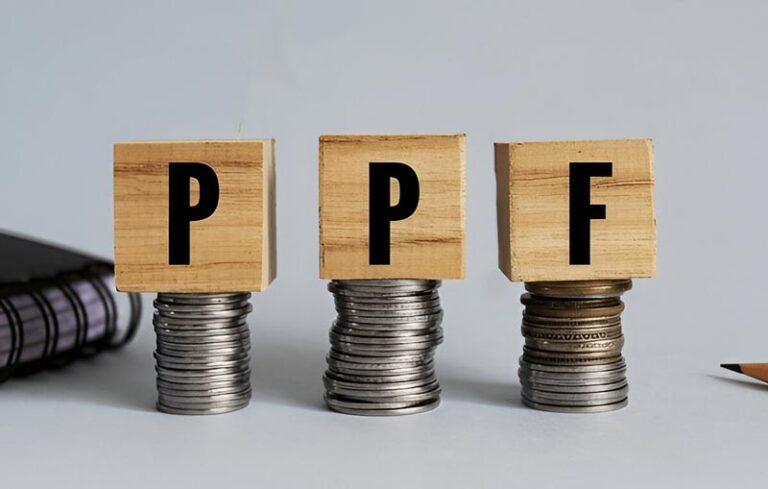There’s a kind of quiet discipline in building a PPF. You put money aside, year after year, letting it grow in the background while life takes centre stage. But then comes a moment when you wonder, should you touch it? Not just because you can, but because it actually makes sense. This guide isn’t about quick decisions. It’s about what your options are and how to spot the right time—if at all—to make a withdrawal from your public provident fund scheme.
Ideal Scenarios to Withdraw Money from PPF Scheme
Withdrawing money from your PPF account should be a strategic decision, not just a reaction to temporary stress. Since the scheme is built to encourage long-term saving, using the funds too early can affect your overall wealth compounding. That said, here are situations where tapping into your PPF balance could make practical sense—along with what it means for your account and future growth:
1. After Full Maturity (15 Years)
Once your PPF account completes 15 financial years, you become eligible to withdraw the entire accumulated balance, including interest earned. This is the most financially sound point to take money out, as your funds would have enjoyed uninterrupted, tax-free compounding. Using this maturity amount for goals like retirement, a second home or funding your child’s higher education abroad won’t affect your tax status and also gives you complete liquidity. However, if you choose not to withdraw, you can opt to extend the account in 5-year blocks with or without fresh contributions.
2. During a Mid-Life Emergency or Milestone (After 6 Years)
Partial withdrawals are allowed from the start of the 7th financial year. You can withdraw up to 50% of the balance from the 4th year or the immediately preceding year—whichever is lower. This can be useful if you’re navigating a major life event like moving cities, home renovation or medical emergencies. While the process is relatively straightforward and withdrawals remain tax-free, doing so reduces the compounding base, which could shrink your maturity corpus if not replenished over time.
3. For Critical Needs (After 5 Years with Premature Closure)
Under specific conditions like life-threatening diseases, higher education expenses or change in residency status, you can opt for premature closure after completing 5 years. This comes with a small penalty: the interest credited to your account will be 1% lower than the applicable rate for the entire tenure. Though the closure affects your long-term saving momentum, it’s a justifiable move when the alternative is taking on high-cost debt or selling essential assets.
4. When Other Avenues Are Costlier
If you’re considering a personal loan or liquidating market-linked investments that are currently down, using PPF funds could be the more cost-effective option. Since PPF withdrawals are tax-free and don’t require repayment (unlike loans), they’re particularly useful when you want to avoid additional liabilities. However, the downside is that you’re pulling from one of your safest, most tax-efficient investments, which could compromise your financial security in the long run if not replenished.
5. When It Aligns with a Bigger Financial Shift
Events like early retirement, taking a sabbatical or relocating permanently outside India often involve a shift in income stability. If your PPF maturity coincides with such changes, withdrawing at that point offers a ready safety net. Since the entire balance is tax-exempt and there are no penalties on maturity withdrawals, this gives you flexibility without financial strain. But once withdrawn, rebuilding such a secure and high-yielding corpus will take time and discipline—so make sure your other investments are equipped to fill the gap.
Conclusion
Withdrawing from your PPF should be a decision backed by planning, not urgency. Beyond just checking eligibility, it’s important to understand the fine print around maturity and extensions. If you plan to continue after maturity, remember to submit Form H within a year. This ensures your new contributions remain eligible for interest and tax benefits. If you skip this step, any further deposits may not earn interest and could become taxable.
Also, during a 5-year extension, you can only make one withdrawal per year and there’s a cap on how much you can take out during the entire block. These limits help preserve the long-term nature of the scheme. If you’re still on the fence about starting a PPF, give yourself time to think it through. Use a savings calculator to map your future goals and see how PPF can fit into that journey.
A little clarity today can go a long way in protecting your tomorrow.

0 Comments